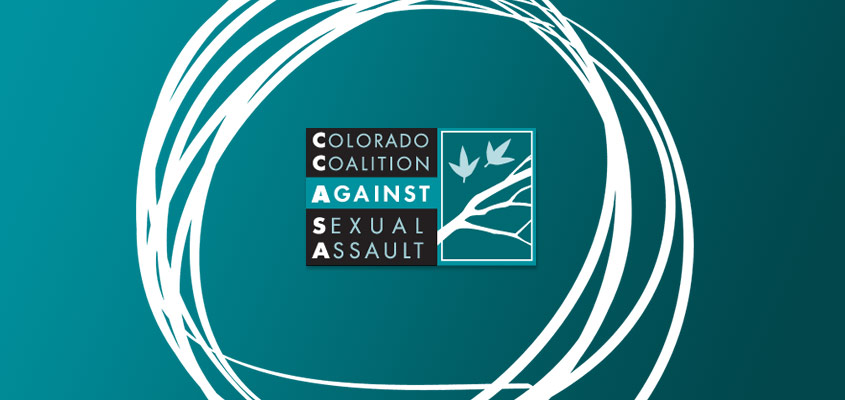
Written by Medha Gudavalli
Cyntoia Brown has captured all of our hearts, inspiring many to transform their feelings into actionable change. It’s rare, yet empowering, to see high-profile celebrities–Ashley Judd, Amy Schumer, Kim Kardashian to name a few–to use their influence to help one woman. This is the stuff of movies and books: the narratives that should fill us with hope.
However, as my news feed flooded with details of Governor Bill Haslam finally granting Cyntoia Brown clemency, I did not feel hope. What should have been relief was more like a brief moment to catch your breath before the waves pull you back in. Yes, we should celebrate that Cyntoia Brown was given a scrap of justice in the face of immense and profound cruelty. But I can’t help to think of the thousands of girls, whose victimization led them to prison just like Cyntoia, who don’t have celebrities or a worldwide trending hashtag to help them.
According to the U.S. Justice Department, in 2010, 1040 juveniles were arrested for prostitution and commercialized vice. Other studies have shown that sexual abuse is one of the primary predictors of girls’ entry into the juvenile system. And it makes sense: sexual abuse often leads to mental health problems such as PTSD, depression, and anxiety. In the face of such trauma and its aftermath, victims turn to drug and alcohol use as coping mechanisms. Instead of supporting these victims, we enter them into the “Sexual-abuse-to-prison pipeline,” by punishing and imprisoning them. Indeed the most common crimes that land girls in jail–substance abuse, running away–are symptoms of abuse.
I was locked up ten different times within a two year period. Inside juvie I met other girls like myself who were there for prostitution, running away, and truancy. All of us were from the same neighborhoods, poor families, and seemed to have the same disposition of trauma, anger mixed with hopelessness. We were not violent girls. We were girls who were hurting. Being confined to a tiny cement room was one of the hardest things I have ever had to experience. Being locked up all I could do was reflect on my life but it didn’t seem to help. I became even more withdrawn and angry.” — Nadiyah Shereff (from The Sexual-abuse-to-prison pipeline: A Girls’ Story)
Once in the criminal justice system, girls are unlikely to receive adequate mental health care services to address the underlying issues that pushed them there in the first place. Studies have shown that only half of juvenile detainees are placed in a facility that provides mental health evaluations of all residents. 88% of detainees reside in facilities in which mental health counselors are not licensed professionals.
This is a tragic injustice that is only worsening. Studies featured in the Sexual Abuse to Prison Pipeline: A Girls’ Story highlight that the increase in girls’ rate of arrest and incarceration in the last two decades is not a result of their engaging in criminal activity at higher rates, or being increasingly violent. And like many other forms of state violence, juvenile delinquency of sexual assault victims is racialized. Of the 1040 juveniles arrested for prostitution and commercialized vice in 2010, 621 were black. African-American girls are 14% of the general population nationally but overrepresented in the juvenile system with over 33% detained and committed. Native American girls are also disproportionately involved in the juvenile justice system. And the injustices continue post-incarceration, as victims struggle with education, employment, and housing with a criminal record. These factors set victims up for failure.
While the state of Colorado has taken steps to address human trafficking such as the recent passage of House Bill 18-1018 requiring commercial drivers to obtain training recognizing human trafficking, and the Laboratory to Combat Human Trafficking’s CO-specific research, there is more to be done. Colorado has the opportunity to join 19 other states in passing decriminalization and diversion laws for trafficked youth. In a report by the National Conference of State Legislatures, advocates of immunity and diversion policies contend that they keep youth from continued trauma in the justice system and prevent them from compiling criminal records that can make it difficult to pursue future housing, employment and education opportunities. Furthermore, Colorado must make meaningful strides to increase public awareness on trafficking, sexual assault, and domestic violence by targeting critical ages like children and adolescents in schools.
Even though you may not see a high-profile human trafficking case in your newsfeed anymore, remember that Cyntoia Brown’s story was a battle in a larger war to end sexual violence. There are thousands of girls, and potentially thousands more that desperately need our advocacy.
Resources:
If you suspect that you or someone you know is a victim of trafficking please contact the National Human Trafficking Hotline through:
- Live Chat https://humantraffickinghotline.org/
- Phone 1888-373-7888
- Text 233733
If you want to learn more about Human Trafficking check out the National Human Trafficking Network at https://humantraffickinghotline.org/ or the Laboratory to Combat Human Trafficking at https://combathumantrafficking.org/
If you want to learn more about the Sexual-abuse-to-prison pipeline check out this publication: https://rights4girls.org/wp-content/uploads/r4g/2015/02/2015_COP_sexual-abuse_layout_web-1.pdf
If you are feeling triggered and are interested in speaking with an anonymous hotline or seeking counseling services check out CCASA’s get help tool at https://www.ccasa.org/gethelp/
Acknowledgements
A special thank you to the authors of The Sexual-Abuse-to-Prison-Pipeline: A Girls Story for providing incredibly researched statistics, thorough policy recommendations, and victim testimony. The basis of this article was heavily grounded in your report.

